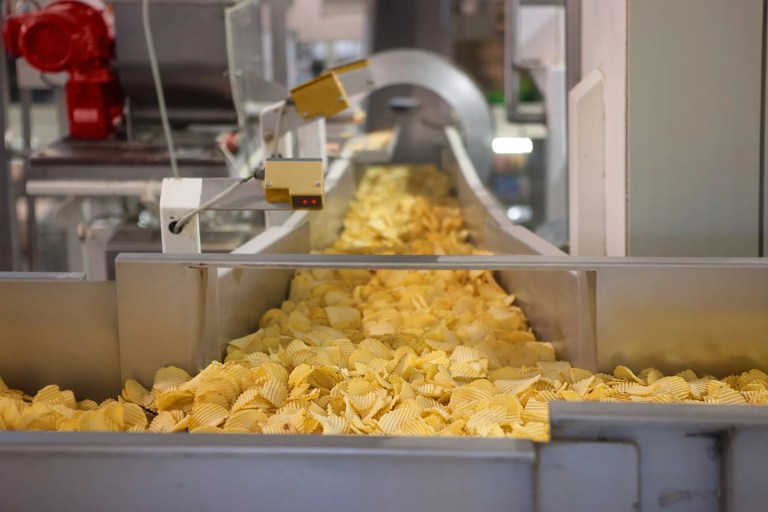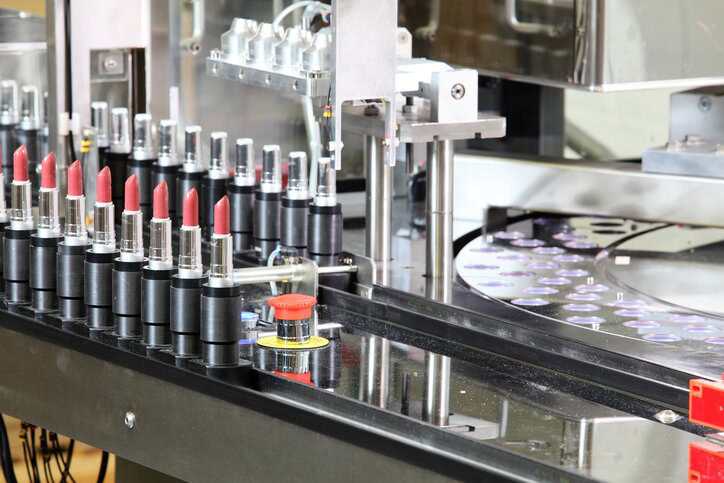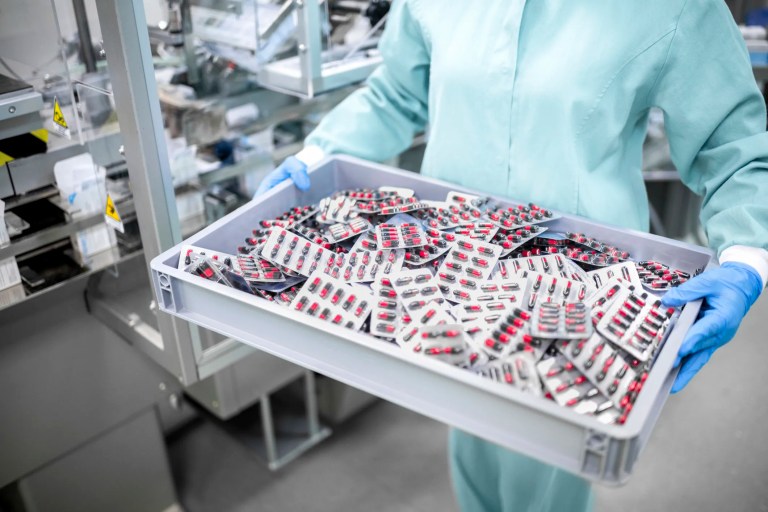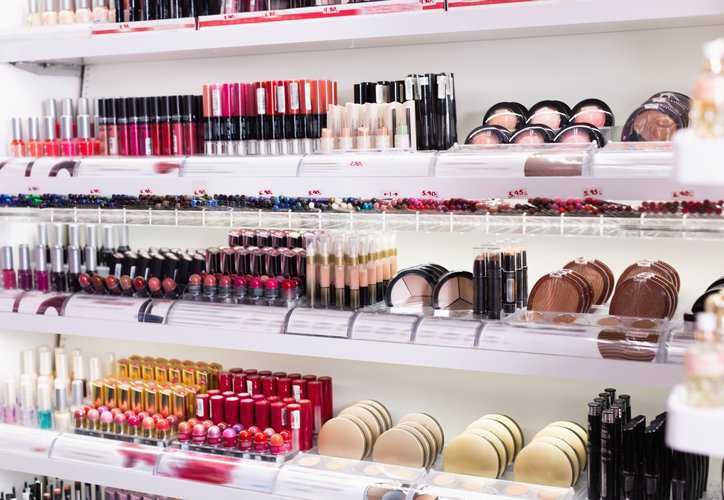Why Gel Nail Polish Is Now Banned in Europe—but Still Allowed in the U.S.
If you are a fan of a glossy gel manicure, you might have heard some surprising news: the European Union (EU) has banned gel nail…

If you are a fan of a glossy gel manicure, you might have heard some surprising news: the European Union (EU) has banned gel nail…

Due to growing government regulation, in the mid-20th century, tobacco companies began diversifying into food manufacturing and applied similar aggressive marketing and lobbying tactics in…

In the United States, the FDA regulates cosmetics under the Federal Food, Drug, and Cosmetic Act (FD&C Act). The FDA, however, does not require pre-market…

The role of credentials in the United States economy and workplace may be most visible in job postings or when individuals earn new credentials. However,…

Since the beginning of human history, food safety has been a concern. In fact, it is believed that the first English food law—the Assize of…

The average American diet leaves a lot of room for nutrients: 32% of our calories comes from animal foods, 57% from processed plant foods, and…

Over the centuries, a pivotal and notable transformation in the beauty industry is that we have eliminated potentially deadly and dangerous chemicals (parabens, mercury, phthalates,…

Concerns related to the efficacy and safety of medical drugs have caused most governments to develop regulatory agencies to oversee development and marketing of drug products and…

The FDA released a report on the Occurrence of Foodborne Illness Risk Factors in Fast Food and Full-Service Restaurants. The report shows that having a…